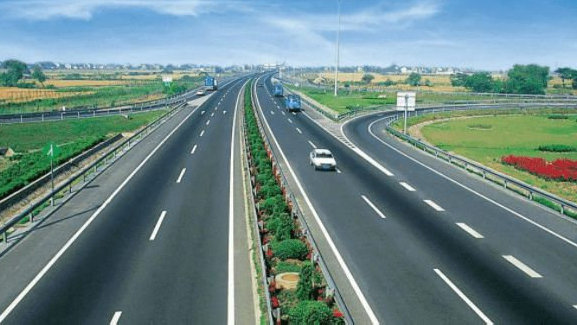
Municipal engineering is generally belongs to the country's infrastructure, refers to all kinds of public transportation in the urban construction, water supply, drainage, gas, urban flood control, environmental health and lighting and other infrastructure construction, is the material basis for the survival and development is indispensable, the city is to improve people's living standards and the basic conditions of opening to the outside world.
Research and teaching content including: engineering fluid mechanics, water supply and drainage theory, technology and facilities, municipal wastewater treatment and recycling, sludge technology, sewage plant management and operation, urban garbage treatment and resource utilization technology, waste leachate treatment technology, clean production and resource recycling, urban ecological theory, the drinking water sources pollution purification treatment technology, the comprehensive improvement of groundwater pollution, water supply and drainage design optimization technology, renewable energy and city gas supply heating.
Before the 1980s, China often referred to urban public facilities as "municipal engineering facilities", which mainly refer to the urban roads, water supply and drainage invested and constructed by the government. After the reform and opening up, the experts on urban issues proposed to replace the term "municipal engineering facilities" with urban infrastructure, which was generally recognized by the society.
The talents involved in municipal engineering include: project chief engineer, project manager, municipal architect, construction engineer, budgeter, municipal engineer and so on.

5. Street greening project. Street trees, shrubs, lawns, green pieces (such as street greening in the rockery, veranda, easel, pool, fountain, etc.) buildings, structures in the main part of the municipal professional engineering field (factory), stations, points.